Buying Your First Precision Mill
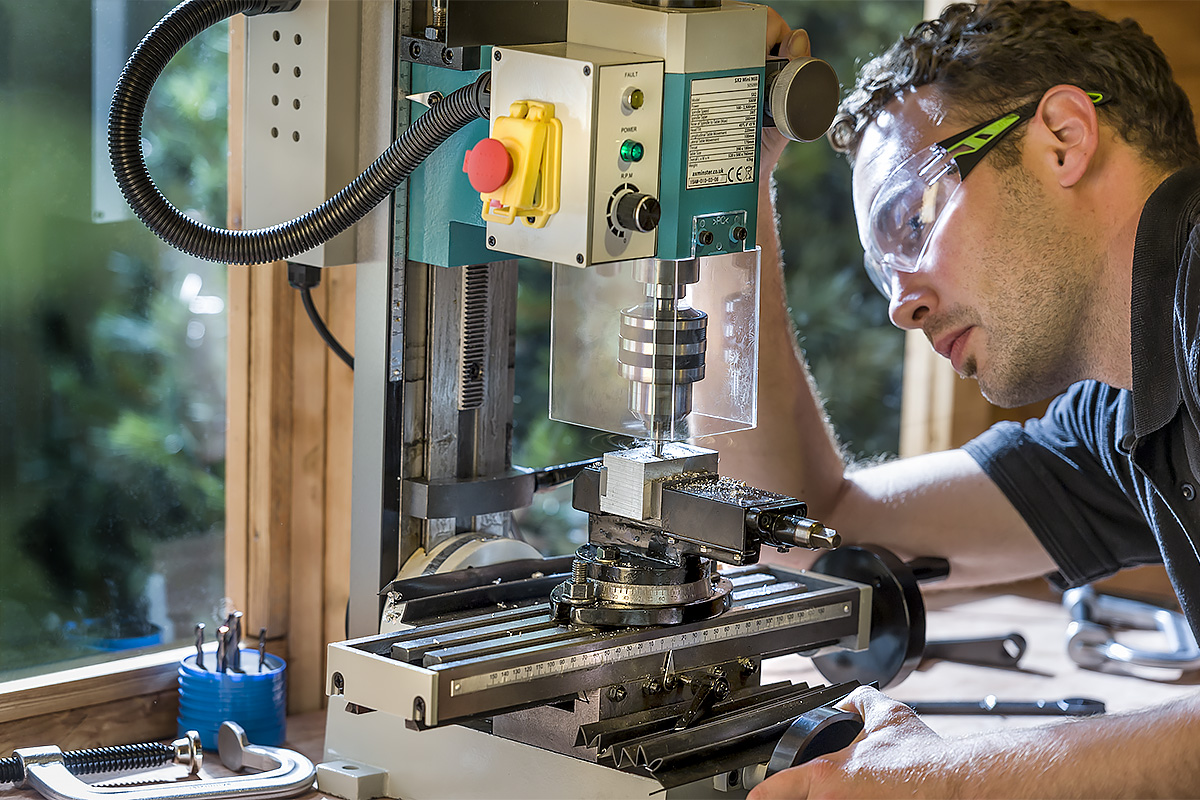
If you're thinking of taking the plunge into metalworking, one of the first things you need to think about is a mill. Along with the lathe, a precision mill forms the basis around which all engineering work can be done.
Buying a milling machine is not to be taken lightly. Even the smallest of mills can be expensive and that's without adding on the tooling. Factor in the differences in size, features and capabilities of those on the market and even the most seasoned engineer may struggle.
To make the buying process easier, we're here to offer a helping hand. This guide will take a look at the key considerations you need to think about, as well as the main features of a milling machine.
Why do you need a mill?
Some people might say that you can perform most, if not all, of the tasks a mill can do on a lathe. This is true but be warned, the tasks won't be performed as accurately. The design of the lathe just isn't intended to deal with the forces encountered on a mill. What about a milling attachment? These are very handy, especially if you have limited space, however once again, they're not as accurate and can cost almost as much as a compact milling machine.
Horizontal or Vertical?
This is one of the main questions that needs to be answered. So what are the main differences? Horizontal mills are very, very strong and use horizontal blades to cut the material, allowing them to make bigger cuts with a higher load. These are recommended to production users or those who have very large jobs to do. Vertical mills are extremely versatile with the ability to perform a number of different jobs across all axis. They can also be used as a precision drilling machine. This versatility lends them very well to the multitude of tasks a hobby user will want to do.
Universal mills are available on the market for anyone who thinks they need the capabilities of both a vertical and horizontal machine.

However, for the hobby user or first time buyer, we would recommend vertical and that is where we will focus....
Main considerations
As we have said above, buying a mill is not something you can do on a whim. Now that you've decided the type of mill, you have to start narrowing the selection available. This is where your needs come in...
- Workshop space - A defining factor in most machinery purchases. If you're limited on space it can often lead to people buying smaller than they need, which leads perfectly in to...
- Size of the work - Never get a machine where it's maximum capacity just fits the size of work you're doing. Always go one higher or the machine will burn out a lot quicker.
- Material you are using - Often not considered but if you are using hard materials, you will need a bigger machine to cope with the forces required.
- Benchtop or floor standing - This is often dictated by all of the above but generally speaking, hobbyists will only need a benchtop model.
- Ease of use - Are you looking at being able to control the spindle speed or table movement with the flick of a switch or are you happy getting stuck in?
- Budget - Last but certainly not least is how much you are looking to spend. This will after all determine the size, quality and age of the machine.
Key Features of the Mill
Now that you've had a chance to think about what you need, let's have a look at the key features.
Design
Many vertical machines nowadays look very similar but it's always good to pay attention. A key design feature to look out for are dovetail slideways. This is both on the column and also under the table. These give the machine huge strength and rigidity, which not only allows it to soak up the cutting forces but also aids in getting complete accuracy.
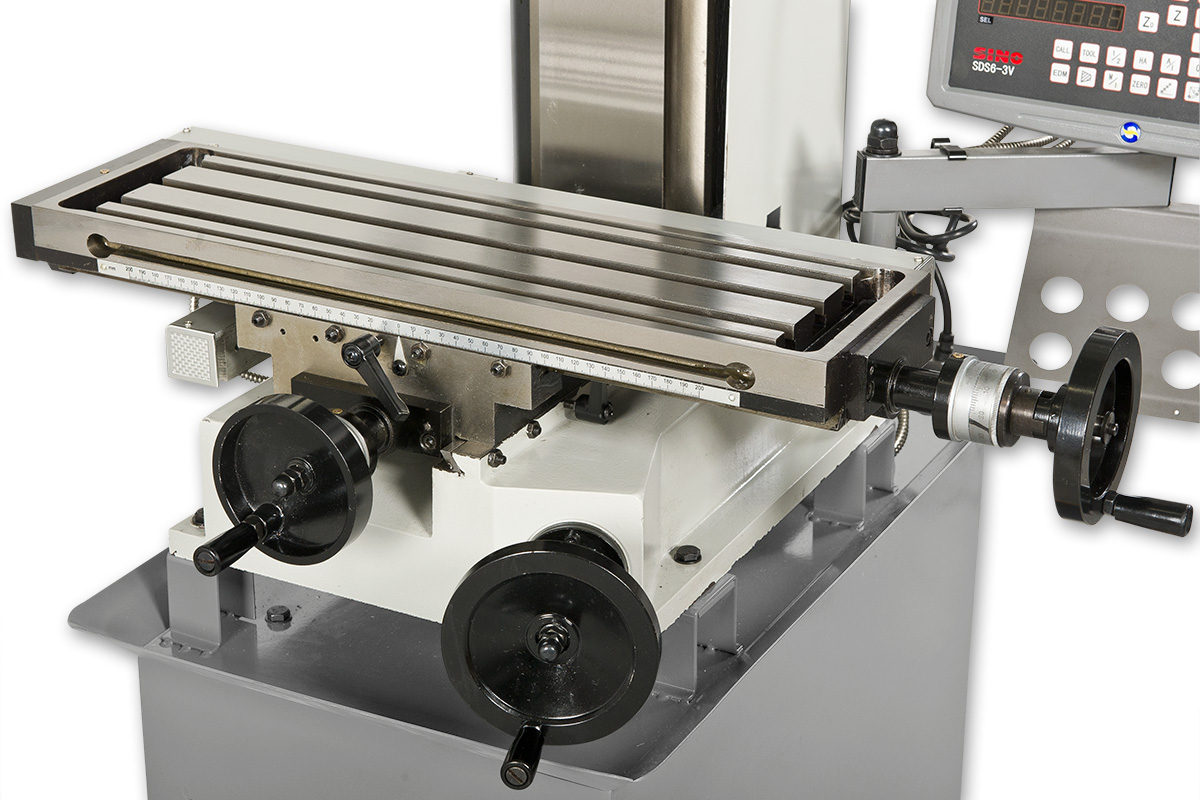
Another great design feature is a tilting head mechanism, which will enable the user to do angled or even horizontal work. As the head is quite heavy, moving these around can be quite energy sapping, therefore make sure you need a tilting head and aren't just buying one for the sake of buying one.
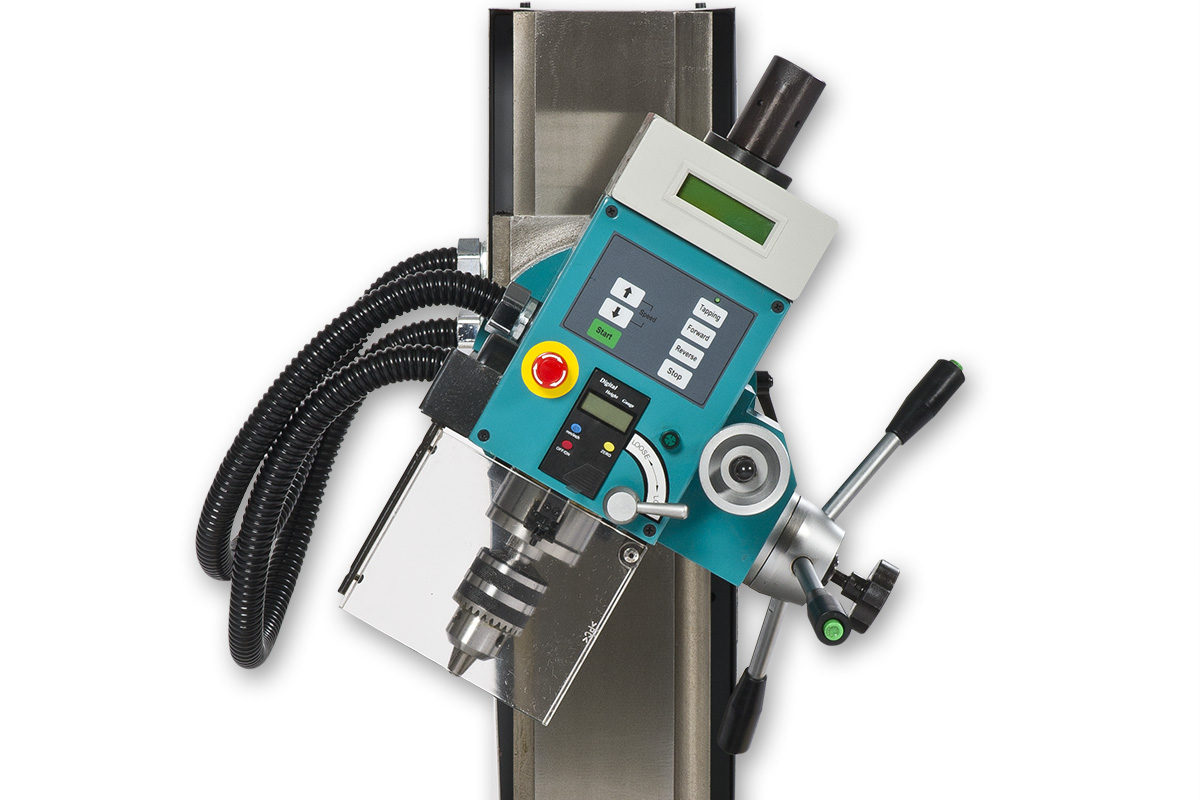
Motor
The bigger the better is a term that is quite often used when referring to the motor on any machine. Although not unwarranted, it's also not the be all and end all. A lot of the machining when milling requires torque and the ability to maintain that torque even at lower speeds. This is where brushless motors come into play. Instead of relying on carbon brushes, these use an AC/DC converter that generates very little heat, meaning that under load there is no drop in torque. Other benefits of these type of motors are that they are variable speed, with an easy to use control panel and that they run almost silent.
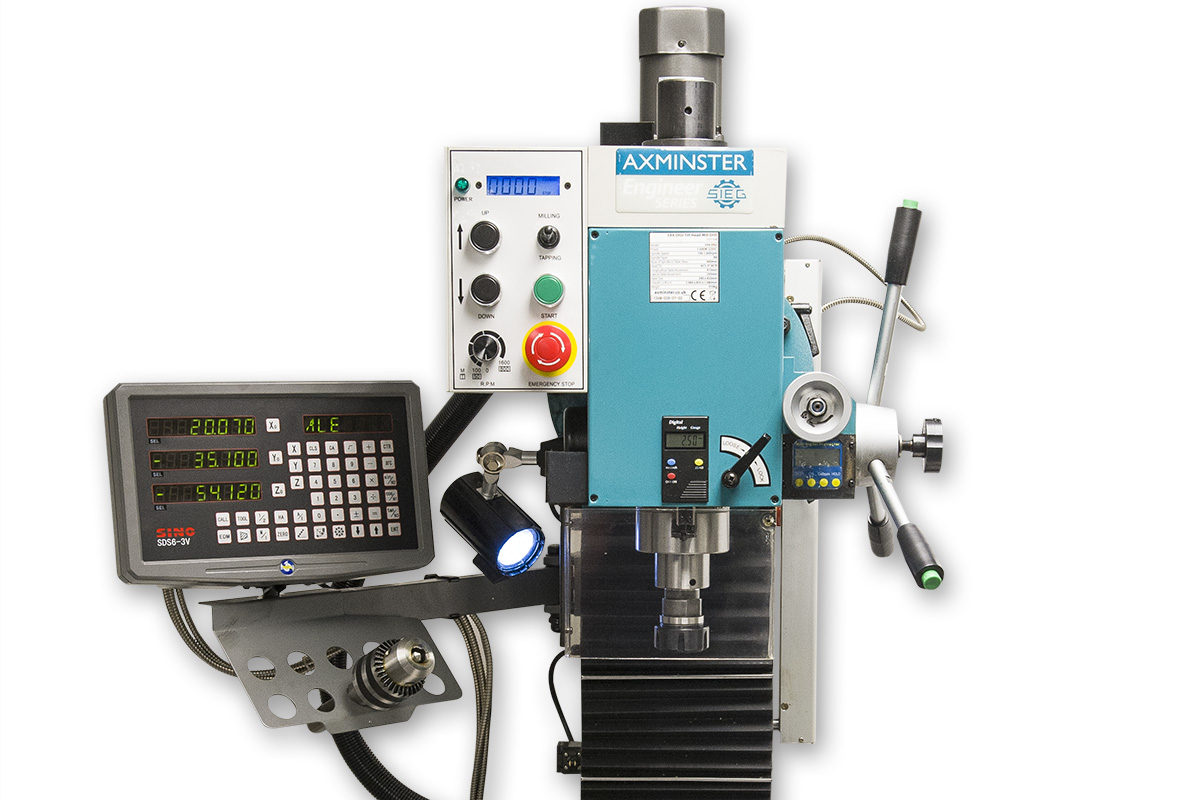
Capacities of the Mill
As you've now thought about the size of tasks you will be performing, the mill will have to cater for those needs. Like we have said, you should always look to go one size up, just so the machine isn't being overworked. Main capacities to look at are;
- Under the cutter height - This is the space between the cutter and workholder. It's important as it's the usable space of the machine.
- Machine movements - The range of movement of the X (side to side), Y (back and forward) and Z (up and down) axis
- Table size - It's important to get a machine with a table big enough to fit your work or the workholding
- Spindle speed - Having a large range of speeds available allows you to perform different jobs on a variety of materials
Tooling and accessories
A big part of this is the availability of tooling. You don't want to buy yourself a mill only to find that the spindle taper size it takes it very unique or doesn't match the one on your lathe. So do your research here.
Done that? Great, now let's look at the things you have to purchase.
To get started you must have some kind of workholding. This can be in the form of a precision vice or clamp kit, both would be preferable. Next up, toolholding. Collet holders are very important, so much so they are usually supplied with new mills. But you will also need collets that match the machines arbor, as well as the sizes to fit your tooling.
That brings us on nicely to the tooling. End mills and slot drills are a great place to start and will perform the majority of jobs the hobbyist needs. After you become confident in your machining, the door will be open to buying much more tooling for harder tasks.
Other possible accessories include... A digital readout (DRO); becoming a must have for precision milling, this will completely eliminate backlash aiding accuracy. A coolant system will increase the standard of the finish, whilst also prolonging tool life. Finally, a Y axis powerfeed, which will give a controlled feed speed to your work, further improving the finish.
As you can see, buying your first mill requires careful thinking and a great deal of research. However, if you are willing to do the groundwork, not only can you save yourself time and money but you'll also get the benefit of having a machine that will perform well for years to come.



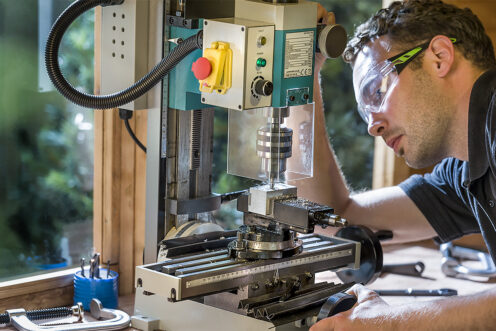
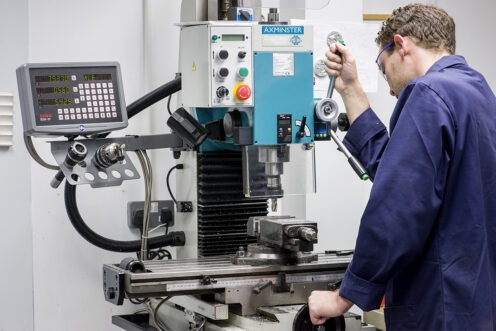

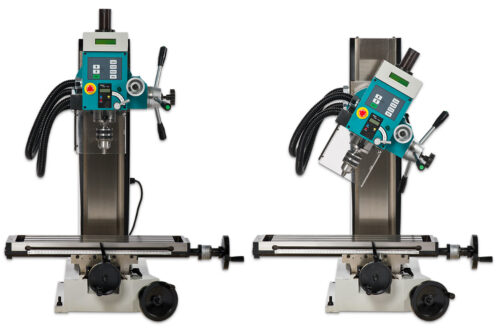


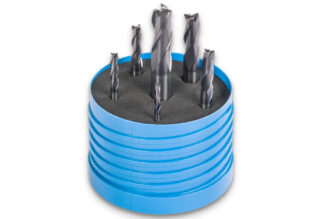
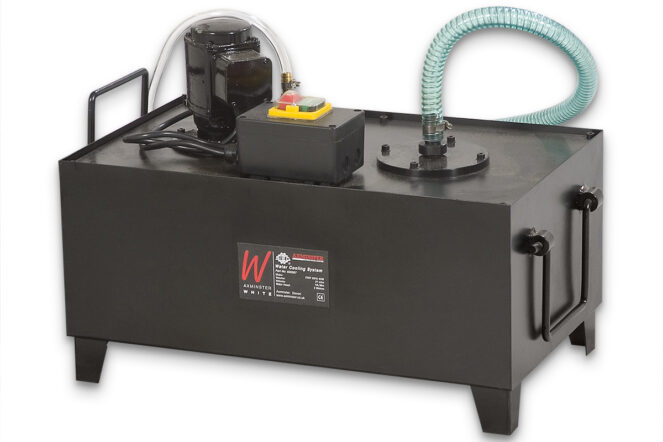
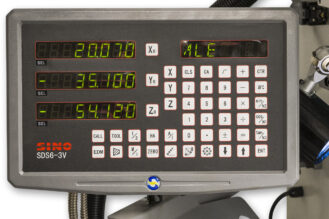
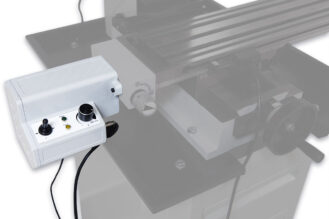
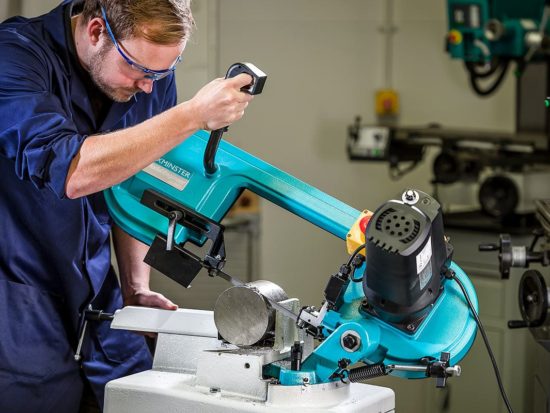
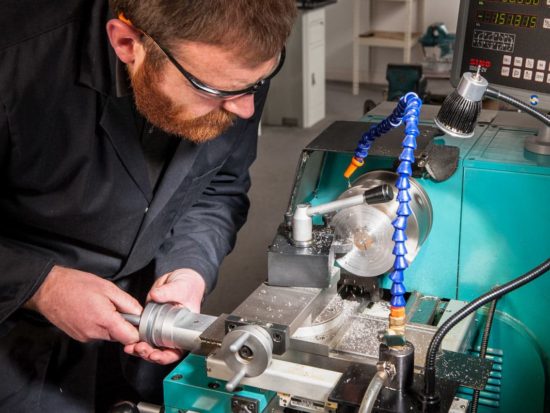
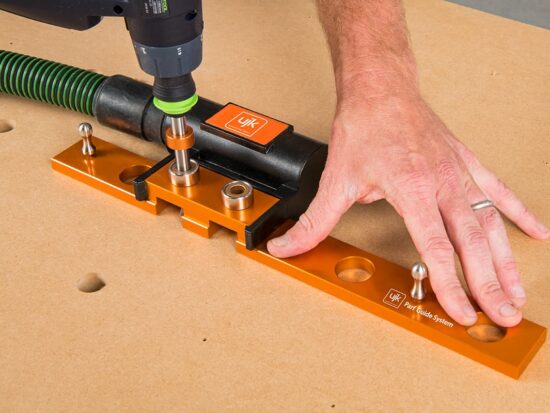
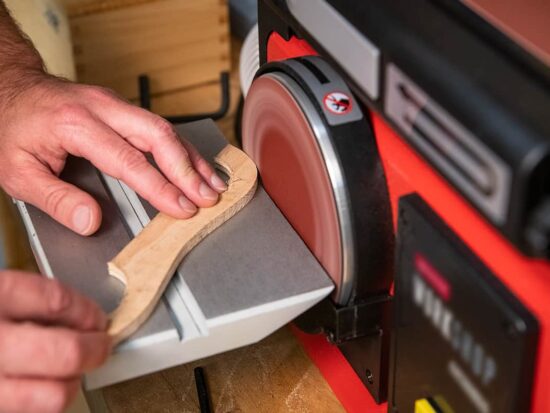
It's good to know that horizontal mills are very strong. My husband was telling me last night about how he is wanting to look into working with a milling machine in a couple of weeks and wanted to know some tips on how to choose the right one. I'll make sure to pass these tips along to him as he searches for a milling machine to get.